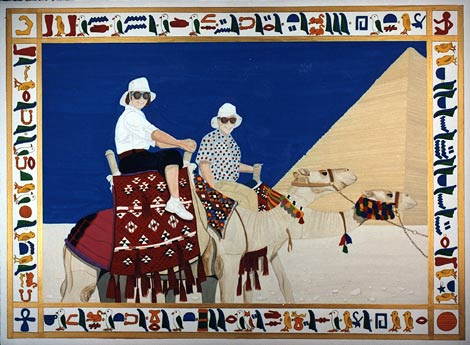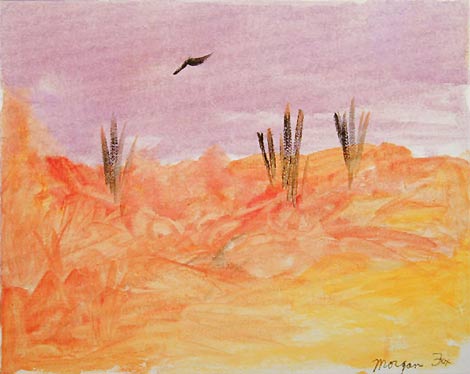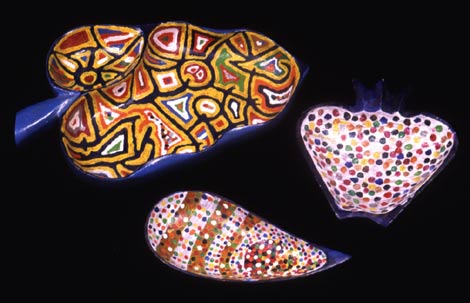Creativity is one aspect of personality that is characterized by novel and appropriate (or relevant) ideas, processes, or objects. Creativity has been a tough concept to nail down precisely. For example, we have not yet been able to program computers to be innovative – they handle huge but predictable, rule-based decisions. What drives creative people to transform old ideas into new ones? How can creativity be cultivated or taught? One suggestion is that your environment should include a mix of challenge and involvement, freedom, trust, openness, playfulness, humor, conflict resolution, debates, and risk-taking. Once thought to be a sign of divinity or insanity, we now recognize that creativity is a complex cognitive process, even if the precise mechanisms are still unclear.
The Anatomy of Creativity
Creativity combines elements of emotion, planning, and sensory perception. Furthermore, creative expression can involve linguistic, graphic, and/or motor skills as well. Since the frontal lobes control higher-order skills, like the planning of a series of actions, the organization of composition (see our discussion of executive functions for more detail), as well as motivation and drive to produce, they are necessarily involved in some components of creative thinking. Sensory perception, however, is distributed throughout the brain. Generally, touch is in the parietal lobes, vision is in the occipital lobes, and hearing, taste, and smell are in the temporal lobes. The wide range of creative expression and creative personalities we see reflects the broad involvement of the brain. Individuals vary in their strengths and weaknesses, which leads to inherent differences in creativity. Changes in any of these pathways can result in increased, decreased or changed creativity.
Engagement in creative pursuits, such as painting, can often be enjoyed late into life and their potential for improving the quality of life is being investigated. We often find that patients with diseases of aging still enjoy participating in creative endeavors.
Patient Artists
Though interested in drawing and painting from an early age, much of Anne Adams’ adult life was spent in left-brain activities. Obtaining a doctorate degree in cell biology from the University of British Columbia in 1982, Anne held teaching and research positions until one of her children was seriously injured in a car accident late in 1986. Thinking he would need years of specialized care, she gave up academia and decided to take up painting as a full-time career. As it turned out, her son made a miraculous recovery within two months, but Anne resolved to continue with her art. Listen to the Radiolab show on Anne Adam's “Unraveling Bolero” and read the scientific paper about Adams in “Unravelling Boléro: progressive aphasia, transmodal creativity and the right posterior neocortex” in the journal Brain.


































































Jancy Chang was an artist from Santa Cruz who was actively involved in art education. She was born in China in 1946 and lived in Shanghai and then Hong Kong before the family was sponsored to emigrate to Los Angeles. She went to high school there, the only Asian in her class. She taught art at New Brighton Middle School in Capitola for many years where she was a single mother raising her son Josh.



































